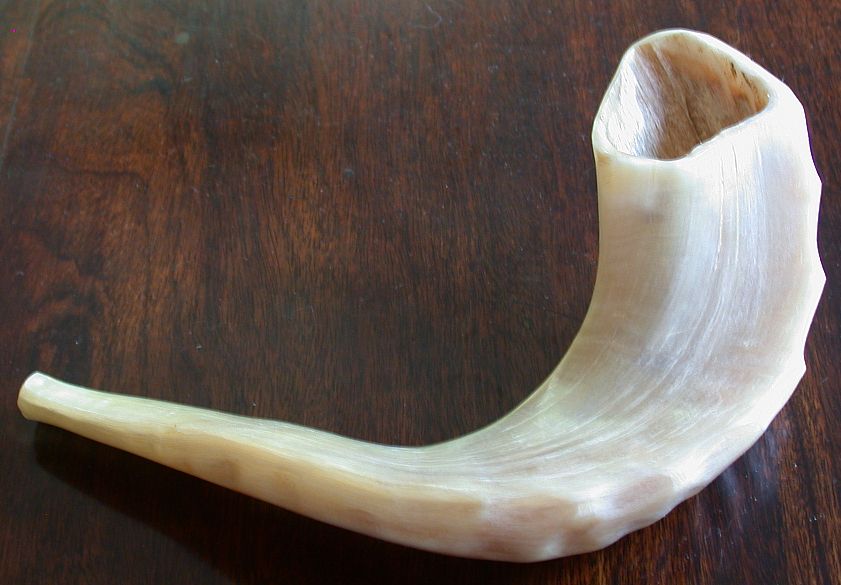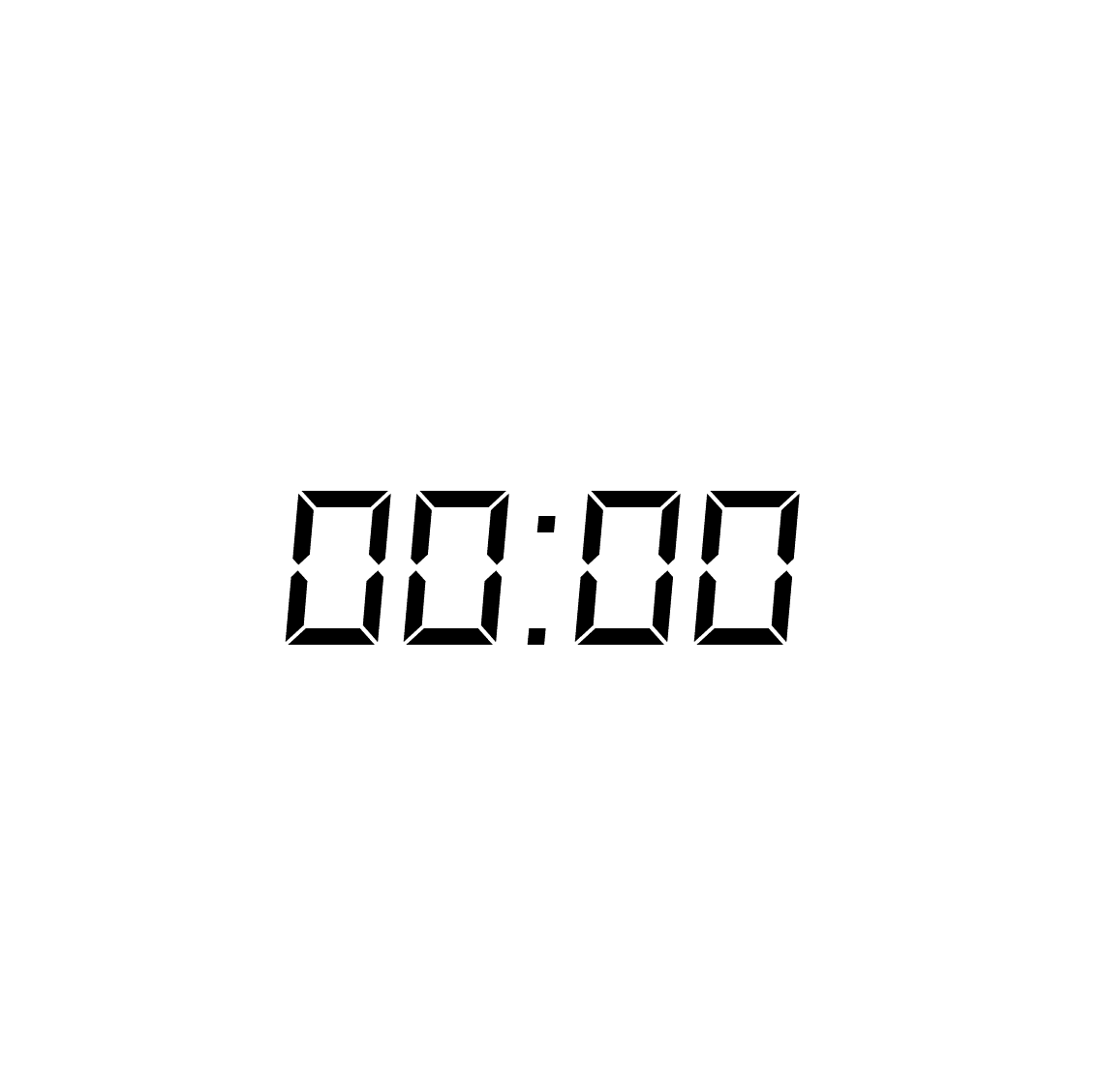|
Helek
The helek, also spelled chelek (Hebrew חלק, meaning "portion", plural ''halakim'' חלקים) is a unit of time used in the calculation of the Molad. Other spellings used are ''chelak'' and ''chelek'', both with plural ''chalakim''. An hour is divided into 1080 halakim. A helek is 3 seconds or 1/18 minute. The ''helek'' derives from a small Babylonian time period called a ''she'', meaning '"barleycorn", itself equal to 1/72 of a Babylonian time degree (1° of celestial rotation). :360 degrees × 72 ''shes'' per degree / 24 hours = 1080 ''shes'' per hour. The Hebrew calendar The Hebrew calendar (), also called the Jewish calendar, is a lunisolar calendar used today for Jewish religious observance and as an official calendar of Israel. It determines the dates of Jewish holidays and other rituals, such as '' yahrze ... defines its mean month to be exactly equal to 29 days 12 hours and 793 halakim, which is 29 days 12 hours 44 minutes and 3 seconds. It defines its mean year ... [...More Info...] [...Related Items...] OR: [Wikipedia] [Google] [Baidu] |
Hebrew Calendar
The Hebrew calendar (), also called the Jewish calendar, is a lunisolar calendar used today for Jewish religious observance and as an official calendar of Israel. It determines the dates of Jewish holidays and other rituals, such as '' yahrzeits'' and the schedule of public Torah readings. In Israel, it is used for religious purposes, provides a time frame for agriculture, and is an official calendar for civil holidays alongside the Gregorian calendar. Like other lunisolar calendars, the Hebrew calendar consists of months of 29 or 30 days which begin and end at approximately the time of the new moon. As 12 such months comprise a total of just 354 days, an extra lunar month is added every 2 or 3 years so that the long-term average year length closely approximates the actual length of the solar year. Originally, the beginning of each month was determined based on physical observation of a new moon, while the decision of whether to add the leap month was based on observation ... [...More Info...] [...Related Items...] OR: [Wikipedia] [Google] [Baidu] |
Molad
''Molad'' (מולד, plural ''Moladot'', מולדות) is a Hebrew word meaning "birth" that also generically refers to the time at which the New Moon is "born". The word is ambiguous, however, because depending on the context, it could refer to the actual or mean astronomical lunar conjunction (calculated by a specified method, for a specified time zone), or the ''molad'' of the traditional Hebrew calendar (or another specified calendar), or at a specified locale the first visibility of the new lunar crescent after a lunar conjunction. Other than its usage connected with the lunar cycle, ''מולד'' is also the word used in the Hebrew term for Christmas, ''חג המולד'' (literally "Holiday of the Birth" or "Holiday of the Nativity"). The traditional ''molad'' interval The ''average molad'' (), which is used for the traditional Hebrew calendar, is based on a constant interval cycle that is widely but incorrectly regarded as an approximation of the time in Jerusalem of the mea ... [...More Info...] [...Related Items...] OR: [Wikipedia] [Google] [Baidu] |
Hebrew Language
Hebrew (; ''ʿÎbrit'') is a Northwest Semitic language within the Afroasiatic language family. A regional dialect of the Canaanite languages, it was natively spoken by the Israelites and remained in regular use as a first language until after 200 CE and as the liturgical language of Judaism (since the Second Temple period) and Samaritanism. The language was revived as a spoken language in the 19th century, and is the only successful large-scale example of linguistic revival. It is the only Canaanite language, as well as one of only two Northwest Semitic languages, with the other being Aramaic, still spoken today. The earliest examples of written Paleo-Hebrew date back to the 10th century BCE. Nearly all of the Hebrew Bible is written in Biblical Hebrew, with much of its present form in the dialect that scholars believe flourished around the 6th century BCE, during the time of the Babylonian captivity. For this reason, Hebrew has been referred to by Jews as '' ... [...More Info...] [...Related Items...] OR: [Wikipedia] [Google] [Baidu] |
Time
Time is the continuous progression of existence that occurs in an apparently irreversible process, irreversible succession from the past, through the present, and into the future. It is a component quantity of various measurements used to sequence events, to compare the duration of events (or the intervals between them), and to quantify rates of change of quantities in material reality or in the qualia, conscious experience. Time is often referred to as a fourth dimension, along with Three-dimensional space, three spatial dimensions. Time is one of the seven fundamental physical quantities in both the International System of Units (SI) and International System of Quantities. The SI base unit of time is the second, which is defined by measuring the electronic transition frequency of caesium atoms. General relativity is the primary framework for understanding how spacetime works. Through advances in both theoretical and experimental investigations of spacetime, it has been shown ... [...More Info...] [...Related Items...] OR: [Wikipedia] [Google] [Baidu] |
Hour
An hour (symbol: h; also abbreviated hr) is a unit of time historically reckoned as of a day and defined contemporarily as exactly 3,600 seconds ( SI). There are 60 minutes in an hour, and 24 hours in a day. The hour was initially established in the ancient Near East as a variable measure of of the night or daytime. Such seasonal hours, also known as temporal hours or unequal hours, varied by season and latitude. Equal hours or equinoctial hours were taken as of the day as measured from noon to noon; the minor seasonal variations of this unit were eventually smoothed by making it of the mean solar day. Since this unit was not constant due to long term variations in the Earth's rotation, the hour was finally separated from the Earth's rotation and defined in terms of the atomic or physical second. It is a non-SI unit that is accepted for use with SI. In the modern metric system, one hour is defined as 3,600 atomic seconds. However, on rare occasions an hour may inc ... [...More Info...] [...Related Items...] OR: [Wikipedia] [Google] [Baidu] |
Second
The second (symbol: s) is a unit of time derived from the division of the day first into 24 hours, then to 60 minutes, and finally to 60 seconds each (24 × 60 × 60 = 86400). The current and formal definition in the International System of Units (SI) is more precise: The second ..is defined by taking the fixed numerical value of the caesium frequency, Δ''ν''Cs, the unperturbed ground-state hyperfine transition frequency of the caesium 133 atom, to be when expressed in the unit Hz, which is equal to s−1. This current definition was adopted in 1967 when it became feasible to define the second based on fundamental properties of nature with caesium clocks. As the speed of Earth's rotation varies and is slowing ever so slightly, a leap second is added at irregular intervals to civil time to keep clocks in sync with Earth's rotation. The definition that is based on of a rotation of the earth is still used by the Universal Time 1 (UT1) system. Etymology "Minute" ... [...More Info...] [...Related Items...] OR: [Wikipedia] [Google] [Baidu] |
Babylon
Babylon ( ) was an ancient city located on the lower Euphrates river in southern Mesopotamia, within modern-day Hillah, Iraq, about south of modern-day Baghdad. Babylon functioned as the main cultural and political centre of the Akkadian-speaking region of Babylonia. Its rulers established two important empires in antiquity, the 19th–16th century BC Old Babylonian Empire, and the 7th–6th century BC Neo-Babylonian Empire. Babylon was also used as a regional capital of other empires, such as the Achaemenid Empire. Babylon was one of the most important urban centres of the ancient Near East, until its decline during the Hellenistic period. Nearby ancient sites are Kish, Borsippa, Dilbat, and Kutha. The earliest known mention of Babylon as a small town appears on a clay tablet from the reign of Shar-Kali-Sharri (2217–2193 BC), of the Akkadian Empire. Babylon was merely a religious and cultural centre at this point and neither an independent state nor a large city, s ... [...More Info...] [...Related Items...] OR: [Wikipedia] [Google] [Baidu] |




